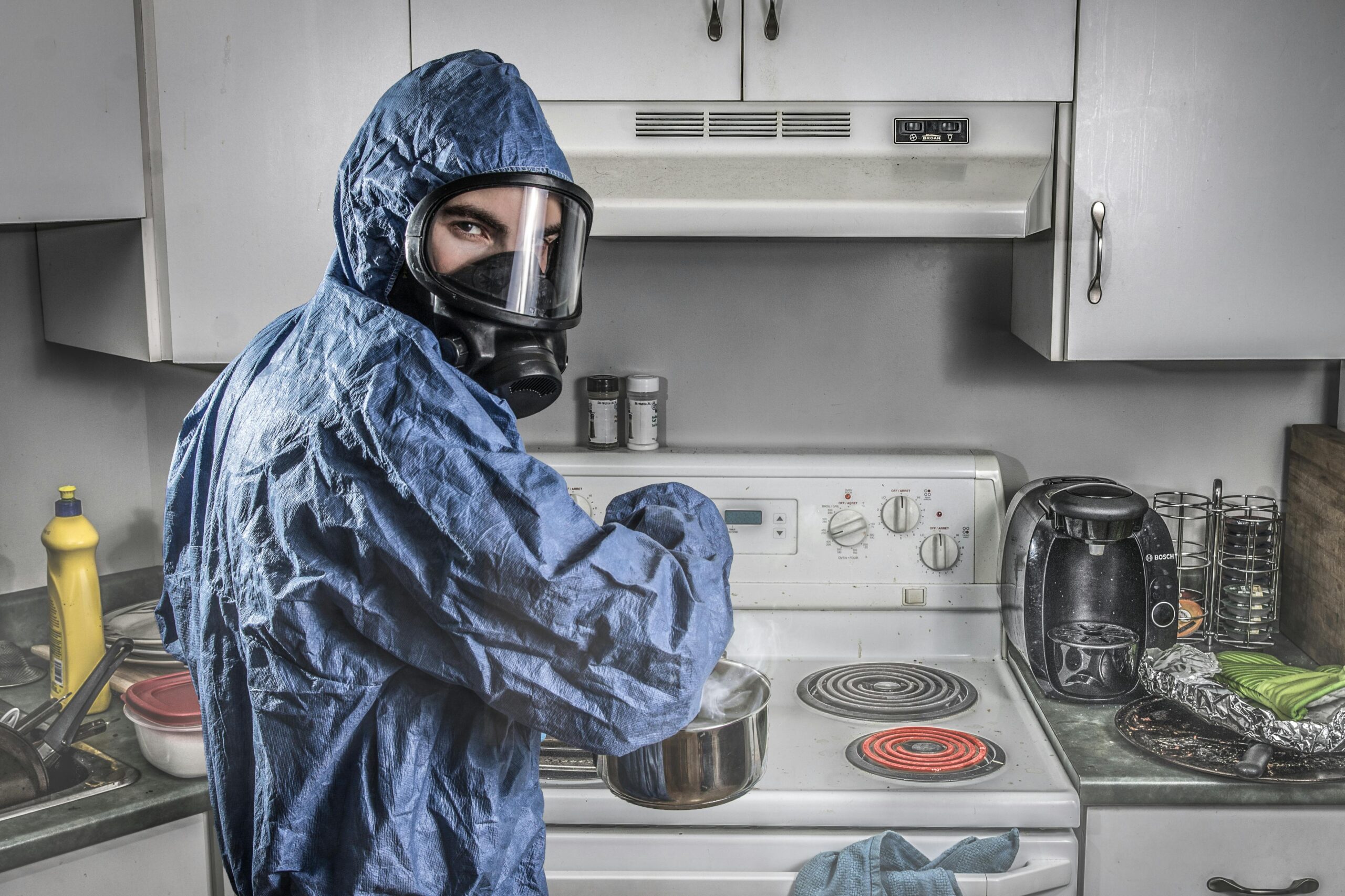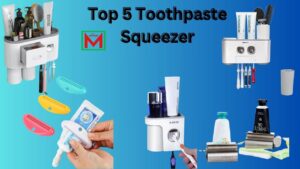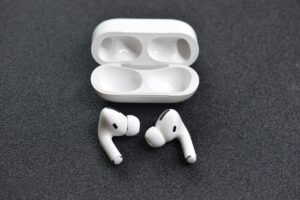Essential kitchen safety rules and tips is very important to prevent accidents and ensure a safe cooking environment. From handling knives and preventing burns to proper food storage and fire safety, this comprehensive guide covers everything you need to know for a safe and enjoyable kitchen experience.
The kitchen is often considered the heart of the home, where meals are prepared, and memories are made. However, it can also be a hazardous environment if proper safety measures are not observed. From sharp knives and hot stoves to slippery floors and electrical appliances, the kitchen is filled with potential dangers. This article will cover essential kitchen safety rules and tips to ensure that your time spent in the kitchen is both enjoyable and safe.
Table of Contents
1. General Kitchen Safety Rules
1.1 Keep It Clean
Clean As You Go: Always clean up spills and messes immediately to prevent accidents.
Sanitize Surfaces: Regularly disinfect countertops, cutting boards, and utensils to prevent cross-contamination and foodborne illnesses.
Organize Your Workspace: Keep your kitchen organized to avoid clutter and make it easier to find what you need.
1.2 Proper Attire
Wear Appropriate Clothing: Avoid loose clothing and dangling accessories that can catch on pots and pans or catch fire.
Use an Apron: An apron can protect your clothes and skin from spills and splashes.
Non-Slip Shoes: Wear shoes with good traction to prevent slips and falls.
1.3 Handling Knives Safely
Keep Knives Sharp: A sharp knife is safer than a dull one because it requires less force and is less likely to slip.
Use the Right Knife for the Job: Different knives are designed for different tasks. Use the appropriate knife to avoid accidents.
Proper Knife Storage: Store knives in a knife block or magnetic strip to keep them safely out of reach of children.
1.4 Preventing Burns
Use Oven Mitts: Always use oven mitts or potholders when handling hot pots, pans, and baking trays.
Turn Pot Handles Inward: Turning pot handles inward prevents them from being knocked over or grabbed by children.
Be Cautious with Steam: Open lids away from your face and be careful when removing items from the microwave to avoid steam burns.
1.5 Electrical Safety
Inspect Appliances Regularly: Check cords and plugs for damage and replace them if necessary.
Avoid Overloading Outlets: Do not plug too many appliances into one outlet to prevent electrical fires.
Keep Appliances Dry: Keep electrical appliances away from water to avoid shocks and short circuits.
2. Food Safety
2.1 Proper Food Storage
Refrigerate Promptly: Store perishable foods in the refrigerator or freezer promptly to prevent bacterial growth.
Use Airtight Containers: Use airtight containers to store food and keep it fresh longer.
Label and Date: Label and date leftovers to keep track of their freshness and avoid eating spoiled food.
2.2 Safe Food Handling
Wash Your Hands: Always wash your hands with soap and water before handling food and after handling raw meat, poultry, or seafood.
Use Separate Cutting Boards: Use separate cutting boards for raw meat, poultry, seafood, and vegetables to avoid cross-contamination.
Cook Food to Safe Temperatures: Use a food thermometer to ensure that food is cooked to the appropriate internal temperature.
2.3 Avoiding Cross-Contamination
Keep Raw and Cooked Foods Separate: Store raw meat, poultry, and seafood on the bottom shelf of the refrigerator to prevent their juices from contaminating other foods.
Use Clean Utensils: Always use clean utensils and dishes to avoid spreading bacteria.
Sanitize Sponges and Dishcloths: Regularly sanitize sponges and dishcloths to prevent the growth of bacteria.
3. Fire Safety
3.1 Preventing Kitchen Fires
Never Leave Cooking Unattended: Stay in the kitchen while cooking to monitor your food and prevent fires.
Keep Flammable Objects Away from the Stove: Keep towels, paper towels, and other flammable objects away from the stovetop.
Use the Right Cookware: Use cookware that is appropriate for the heat source and never use metal in the microwave.
3.2 What to Do in Case of a Fire
Smother Small Fires: Use a lid or baking soda to smother small grease fires. Never use water on a grease fire.
Use a Fire Extinguisher: Have a fire extinguisher readily available in the kitchen and know how to use it.
Know When to Call 911: If a fire gets out of control, evacuate the area and call 911 immediately.
4. Kitchen Safety for Kids
4.1 Keeping Kids Safe in the Kitchen
Supervise Children: Always supervise children in the kitchen and teach them about kitchen safety.
Use Childproof Locks: Use childproof locks on cabinets and drawers to keep sharp objects and hazardous substances out of reach.
Create a Safe Zone: Designate a safe area in the kitchen where children can play away from hot surfaces and sharp objects.
4.2 Teaching Kids About Kitchen Safety
Involve Them in Safe Activities: Give children safe tasks such as washing vegetables or stirring batter to teach them about kitchen safety.
Teach Them About Hot and Sharp Objects: Explain the dangers of hot and sharp objects and show them how to handle these items safely.
Set a Good Example: Model safe kitchen behavior for your children to follow.
5. First Aid in the Kitchen
5.1 Treating Burns
Cool the Burn: Run cool (not cold) water over the burn for at least 10 minutes.
Cover the Burn: Cover the burn with a sterile, non-adhesive bandage or clean cloth.
Seek Medical Attention: For severe burns, seek medical attention immediately.
5.2 Treating Cuts
Clean the Wound: Rinse the cut under clean running water.
Apply Pressure: Use a clean cloth or bandage to apply pressure and stop the bleeding.
Bandage the Wound: Cover the cut with a sterile bandage or adhesive strip.
5.3 Responding to Choking
Know the Heimlich Maneuver: Learn how to perform the Heimlich maneuver to help someone who is choking.
Encourage Chewing: Remind family members to chew their food thoroughly and take small bites to avoid choking.
6. Seasonal Kitchen Safety Tips
6.1 Summer Safety
Stay Hydrated: Drink plenty of water, especially when cooking in hot weather.
Be Cautious with BBQs: Follow safety guidelines when using a barbecue grill and never leave it unattended.
Store Food Safely: Keep perishable foods in a cooler with ice packs when outdoors to prevent spoilage.
6.2 Winter Safety
Be Aware of Carbon Monoxide: Ensure proper ventilation when using gas appliances to prevent carbon monoxide poisoning.
Watch for Ice: Be cautious of icy conditions when carrying groceries or kitchen supplies into the house.
Use Oven and Stove Safely: Do not use the oven or stove to heat your home as this can be a fire hazard.
7. Kitchen Safety for Pets
7.1 Pet-Proofing the Kitchen
Keep Food Out of Reach: Store food securely to prevent pets from accessing it.
Secure Trash Cans: Use trash cans with secure lids to keep pets from rummaging through the garbage.
Avoid Toxic Foods: Be aware of foods that are toxic to pets, such as chocolate, grapes, and onions, and keep them out of reach.
7.2 Training Pets
Teach Boundaries: Train your pets to stay out of the kitchen while you are cooking.
Provide a Safe Space: Give pets a designated area away from the kitchen where they can relax.
8. Advanced Kitchen Safety Tips
8.1 Handling Special Equipment
Use Pressure Cookers Safely: Follow the manufacturer’s instructions and ensure the pressure release valve is functioning properly.
Operate Stand Mixers and Blenders with Care: Keep hands and utensils away from moving parts and unplug the appliance when not in use.
Deep Frying: Use a thermometer to monitor oil temperature and never leave hot oil unattended.
8.2 Managing Allergens
Avoid Cross-Contact: Use separate utensils and equipment for allergen-containing foods.
Read Labels Carefully: Always check ingredient labels for potential allergens.
Educate Family Members: Ensure that everyone in the household is aware of food allergies and how to prevent cross-contact.
8.3 Emergency Preparedness
Have a First Aid Kit: Keep a well-stocked first aid kit in the kitchen and know how to use its contents.
Know Emergency Numbers: Have emergency contact numbers readily available in case of accidents.
Create an Emergency Plan: Develop a plan for what to do in case of a fire or other emergency, and practice it with your family.
Conclusion
Kitchen safety is crucial for preventing accidents and ensuring a pleasant cooking experience. By following these kitchen safety rules and tips, you can minimize risks and create a safe environment for yourself, your family, and your pets. Remember that safety in the kitchen is a continuous process that requires awareness, organization, and education. Stay vigilant and make safety a priority every time you step into the kitchen.
FAQs:
1. Why is kitchen safety important?Kitchen safety is crucial to prevent accidents, injuries, and foodborne illnesses. Following safety rules helps create a secure environment for cooking and ensures the well-being of everyone in the kitchen.
2. What are the most common kitchen hazards?
Common kitchen hazards include sharp knives, hot surfaces and liquids, electrical appliances, slippery floors, and cross-contamination of food. Proper handling and awareness can minimize these risks.
3. How can I prevent cuts while using knives?
To prevent cuts, always use a sharp knife and the appropriate type for the task. Hold the knife properly, cut on a stable surface, and store knives safely in a knife block or magnetic strip.
4. What should I do if I get a burn in the kitchen?
For minor burns, cool the affected area under cool running water for at least 10 minutes. Cover it with a sterile, non-adhesive bandage. For severe burns, seek medical attention immediately.
5. How can I avoid cross-contamination in the kitchen?
To avoid cross-contamination, use separate cutting boards for raw meat and other foods, wash hands and utensils thoroughly after handling raw ingredients, and store raw meat on the bottom shelf of the refrigerator.
6. What are some fire safety tips for the kitchen?
Never leave cooking unattended, keep flammable objects away from the stove, and know how to use a fire extinguisher. If a grease fire occurs, smother it with a lid or baking soda—never use water.
7. How can I keep my children safe in the kitchen?
Supervise children at all times, use childproof locks on cabinets and drawers, and designate a safe zone away from hot surfaces and sharp objects. Teach children about kitchen safety and involve them in safe cooking activities.
8. What should I do in case of an electrical fire?
For an electrical fire, unplug the appliance if it is safe to do so and use a fire extinguisher rated for electrical fires. Do not use water. If the fire is uncontrollable, evacuate and call 911.
9. How can I safely store food to prevent spoilage and contamination?
Refrigerate perishable foods promptly, use airtight containers, and label and date leftovers. Keep raw meat separate from other foods and ensure your refrigerator is set to the correct temperature.
10. What steps can I take to pet-proof my kitchen?
Store food securely, use trash cans with secure lids, and keep toxic foods out of reach. Train your pets to stay out of the kitchen while you are cooking and provide a designated safe area for them.
11. What should be included in a kitchen first aid kit?
A kitchen first aid kit should include adhesive bandages, sterile gauze pads, adhesive tape, antiseptic wipes, burn cream, scissors, tweezers, and a first aid manual.
12. How can I ensure the safe use of electrical appliances in the kitchen?
Regularly inspect appliances for damage, avoid overloading outlets, and keep appliances dry. Follow the manufacturer’s instructions and unplug appliances when not in use.
13. What are some tips for safe food handling?
Always wash your hands before handling food, use separate cutting boards for different types of food, and cook food to safe temperatures using a food thermometer.
14. How can I safely manage allergens in the kitchen?
Avoid cross-contact by using separate utensils and equipment for allergen-containing foods, read labels carefully, and educate family members about food allergies and prevention strategies.
15. What should I do if someone is choking in the kitchen?
If someone is choking, perform the Heimlich maneuver to dislodge the object. Call 911 if the person cannot breathe, cough, or speak.
By following these kitchen safety rules and tips, you can create a safer environment and enjoy your time cooking with peace of mind.



